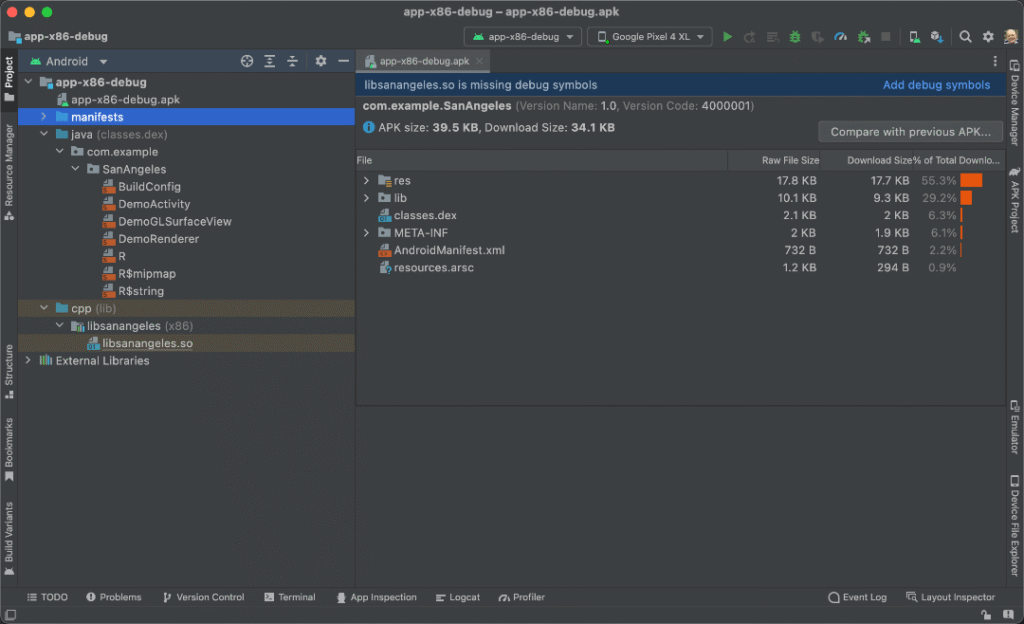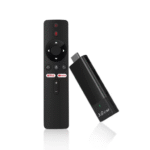A Comprehensive Guide to Debug APK Files

How to Debug APK Files is an important mission for each Android developer. It helps to find and fix errors before liberating the app. Without debugging, your app might also crash, freeze, or behave oddly. This can lead to poor consumer reviews and less downloads. Many humans suppose debugging is only for specialists. That’s no longer authentic. With the proper tools and steps, every body can debug an APK. Whether you are a novice or an skilled coder, this guide will assist you understand a way to do it.
In this article, we’ll provide an explanation for what debugging method, why it’s vital, and the way to debug APK documents step by step. We’ll also examine useful gear and hints to make your debugging process smooth and easy.
Steps To Guide Debug APK Files
Here’s a complete step-by-step process:
Install Android Studio:
If you haven’t already:
- Go to the legitimate internet site.
- Download Android Studio.
- Install and open it.
This tool gives you everything you need to debug APKs.
Connect Your Device:
- Use a USB cable to connect your smartphone on your PC.
- Allow USB debugging whilst caused in your smartphone.
- You may additionally want to install drivers for some gadgets.
Use this command to check connection:
adb devices
If your device appears, you’re good to go.
Build or Get the APK:
You can debug your own APK or one from another source. If you are building your own:
- Open your challenge in Android Studio.
- Click Build > Build Bundle(s) / APK(s) > Build APK(s).
- Find the APK within the output folder.
If you have a third-party APK, ensure it is not protected or obfuscated, or it is able to be hard to debug.
Use ADB to Install the APK:
Use this command to install the APK on your device:
adb install your-app.apk
Replace your-app.apk with your file name. If the app is already installed, use:
adb install -r your-app.apk
This will replace the old version with the new one.
Enable Debugging in the APK:
To debug, the APK need to have debuggable=genuine in its AndroidManifest.Xml file. If it doesn’t, you could’t debug it without delay.
If it’s your own app, do this:
- Open your venture.
- Go to build.Gradle (Module).
- Under buildTypes, ensure this is added:
debug {
debuggable true
}
Then rebuild your APK.
For third-party APKs, you may need to decompile and edit the manifest, which we’ll explain shortly.
Attach Debugger:
Now launch the app on your phone. In Android Studio:
- Go to Run > Attach Debugger to Android Process.
- Select your app from the list.
- Click OK.
Android Studio will now attach to your app and start debugging.
What Is Debugging?
Debugging way finding and solving mistakes or “bugs” in an app. Bugs can forestall an app from running well. They can be small issues, like a button no longer responding, or massive troubles, just like the app not beginning. In the Android world, apps are packed into documents referred to as APKs. These APKs include all of the app’s code, photos, and sources. When you put in an APK in your phone, it unpacks and runs the app. Debugging an APK approach checking it for errors after it is been constructed. It can help you repair crashes, slow performance, and different issues.
Why Debug an APK File?
Debugging is very important. Here’s why:
- Fix crashes: Apps might also crash because of code mistakes. Debugging enables find the cause.
- Improve performance: Slow apps make customers sad. Debugging allows velocity things up.
- Test features: You can check if all buttons and displays paintings well.
- Catch protection flaws: Debugging unearths vulnerable spots that hackers might use.
- User revel in: A bug-unfastened app gives customers a better revel in.
In short, debugging helps create strong, stable, and reliable apps.
What You Need to Debug APK Files?
Before you start, you need some basic tools and setup:
- Android Studio: This is the reliable IDE for Android improvement.
- ADB (Android Debug Bridge): A device that we could your PC communicate with your smartphone.
- A test device or emulator: You want a place to run the app.
- The APK document you need to debug: This may be out of your own mission or downloaded.
Make sure your test device has “Developer Options” and “USB Debugging” enabled.
How to Enable Developer Options:
To debug an app on your phone, enable developer mode first:
- Open Settings to your Android tool.
- Tap About Phone.
- Find Build Number.
- Tap it 7 instances fast.
- You’ll see a message saying “You are now a developer!”
Now go back to Settings. You’ll see a new menu called Developer Options.
How to Enable USB Debugging:

Once Developer Options is active:
- Open Developer Options from the Settings.
- Scroll down and find USB Debugging.
- Turn it ON.
Now your phone can connect with a computer for debugging.
How to Set Breakpoints:
Breakpoints assist you pause the app at a selected line of code. Then, you can check what’s occurring.
To set a breakpoint:
- Open your Java or Kotlin file.
- Click at the left facet of the road range.
- A purple dot will appear.
Now while the app runs and reaches that line, it will pause. You can investigate variables, memory, and greater.
How to View Logs Using Logcat:
Logcat shows real-time logs from your device. It’s like a live diary of your app.
In Android Studio:
- Click on Logcat tab at the lowest.
- Select your device and app.
- Filter through tag, level, or key-word.
To add logs in your code:
Log.d(“TAG”, “This is a debug message”);
You’ll now see this message in Logcat.
How to Decompile APK Files for Debugging:
Sometimes you need to debug an APK without source code. You can decompile it using tools like:
- APKTool
- JADX
- Dex2Jar + JD-GUI
Using APKTool:
- Download APKTool from its website.
- Use this command:
apktool d your-app.apk
This will decompile the APK and give you get entry to to its documents.
You can then edit the AndroidManifest.Xml to feature:
android:debuggable=”true”
Rebuild and install it again:
apktool b your-app-folder
Then sign the APK using apksigner or jarsigner.
Common Debugging Problems:
Here are some problems you may face and how to fix them:
- Device no longer detected: Check USB cable, drivers, or allow USB Debugging.
- App gained’t install: Use -r to replace or uninstall the vintage app first.
- Cannot attach debugger: Check if the APK is debuggable.
- No logs in Logcat: Make sure the perfect device and technique are decided on.
Useful Debugging Tools
Besides Android Studio and ADB, here are some tools you can try:
- Stetho by using Facebook: Inspect app facts like an internet page.
- LeakCanary: Finds memory leaks.
- Firebase Crashlytics: Monitors crashes in actual time.
- Flipper: Debug network, databases, and UI.
These tools make debugging faster and easier.
Tips for Better Debugging:
- Always check on more than one gadgets.
- Use breakpoints wisely. Too many gradual matters down.
- Read crash logs cautiously.
- Write clean and readable code.
- Keep your tools updated.
Good debugging is a skill. It improves with practice.
Recommened: How to Split APK Files Easily
Final Thoughts
Debugging APK documents may also sound complicated at first. But with the right steps and tools, it will become simpler. Whether you’re solving a small trojan horse or a first-rate crash, debugging helps improve the great of your app. Start by means of putting in place Android Studio and ADB. Connect your tool and set up your APK. Attach the debugger, use breakpoints, and screen logs. If wished, decompile the APK and tweak the appear. With these strategies, you’ll be capable of manage most debugging tasks conveniently.
Remember, each developer faces bugs. What topics is how properly you debug and remedy them. Take some time, stay calm, and observe the stairs. Soon, you’ll be an professional in debugging APK files.





